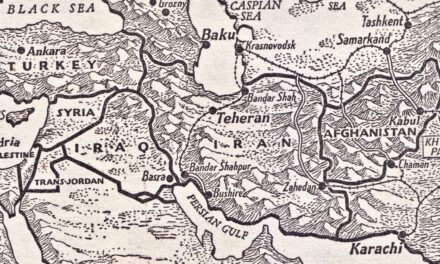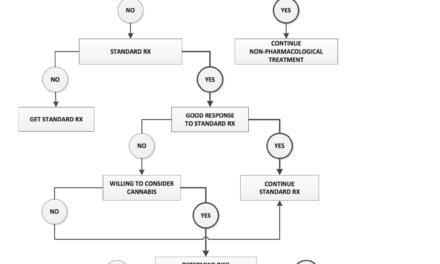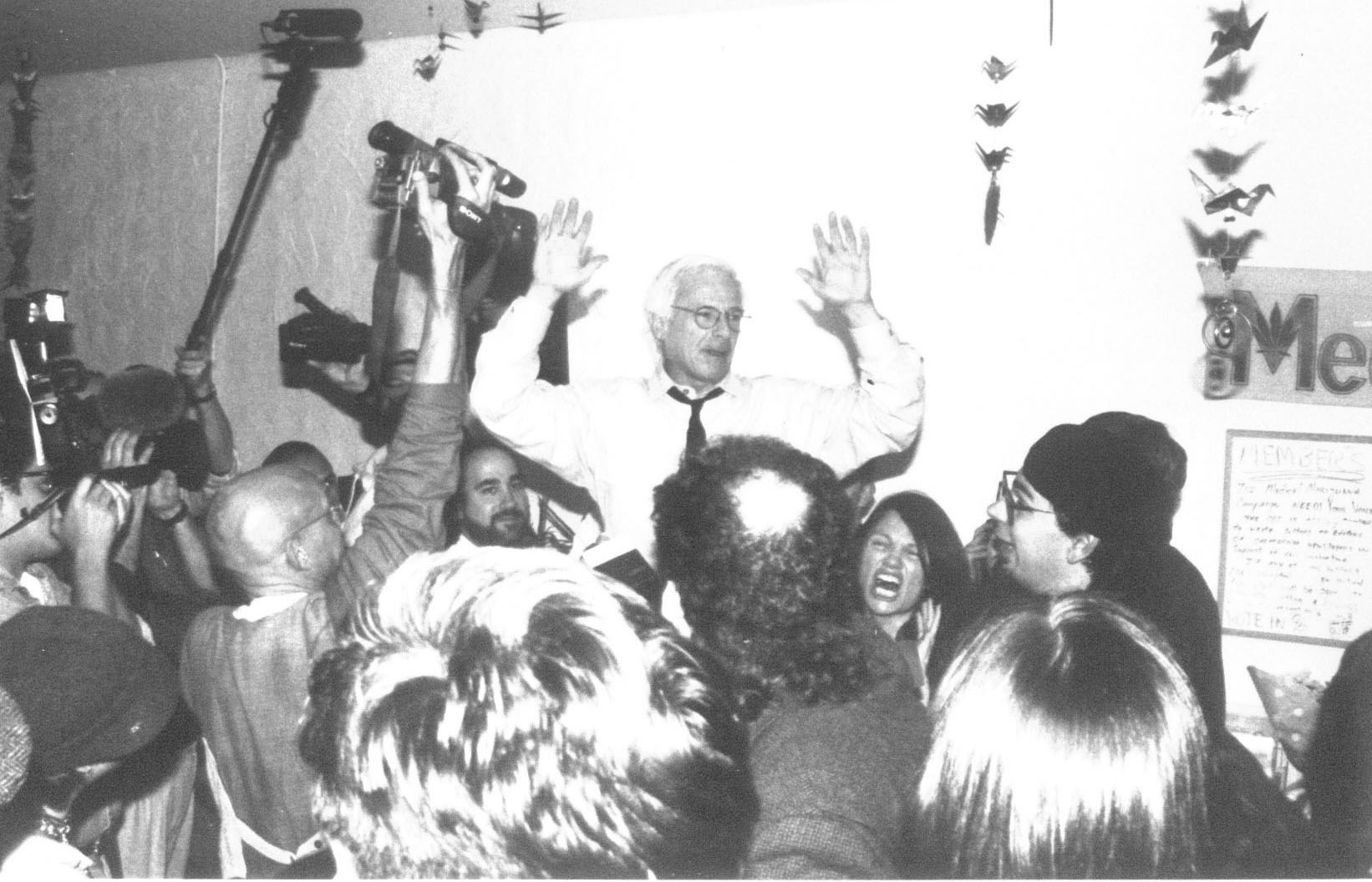February 1, 2019 from Michael Krawitz
“ The placement of Cannabis in the 1961 treaty, in the absence of scientific evidence, was a terrible injustice. Today the World Health Organization has gone a long way towards setting the record straight. The next step for these recommendations is a successful majority vote in the United Nations Commission on Narcotic Drugs. It is time for us all to support the World Health Organization’s recommendations and ensure politics don’t trump science. I want to thank the WHO Expert Committee for their hard work and the WHO leadership for maintaining their consistent defense of the medical needs of our world.” Michael Krawitz (Global policy adviser, FAAAT)
Veterans for Medical Cannabis Access official input:40th ECDD, Pre-Review – Cannabis Plant and Cannabis Resin
Dear Esteemed Members of the 40th Expert Committee,
Veterans for Medical Cannabis Access (VMCA) seeks to establish veterans’ rights to access medical cannabis for therapeutic purposes.
As a direct consequence of the United States treaty commitments under the 1961 Single Convention, Cannabis remains a drug classified as hav- ing no accepted medical value at the national level while approximately 90% of the population of the United States lives under state laws that explicitly and carefully recognize Cannabis medical value and provide controlled access.
Recognizing that the Veterans Affairs Department, under this scenario, as a federal entity providing medical care, is unable to provide access to Cannabis for the medical needs of our wounded warriors our organiza- tion set out to ensure state laws provide qualifying conditions appropri- ate to the medical needs of our military Veterans. Our decision making process to promote Post Traumatic Stress as an indication qualifying for medical Cannabis should be of particular interest to this committee since the effort is led by medical science and the section on Cannabis as a treatment for Post Traumatic Stress, specifically section 1.2.11 in your Pre-Review materials, is comparatively weak.
Post Traumatic Stress manifests as a constellation of symptoms, accord- ing to the DSM IV “The individual has persistent symptoms of anxiety or increased arousal that were not present before the trauma. These symptoms may include difficulty falling or staying asleep that may be due to recurrent nightmares during which the traumatic event is relived (Criterion D1), hypervigilance (Criterion D4), and exaggerated startle response (Criterion D5). Some individuals report irritability or outbursts of anger (Criterion D2) or difficulty concentrating or completing tasks (Criterion D3).”
We found that for each of these groups of symptoms there is clear sci- ence to support the application of Cannabis however gold standard re- search into whole Cannabis as a treatment for Post Traumatic Stress is lacking for reasons relating to the treaty placement of Cannabis as we will discuss in a minute.
The science of the Endogenous Cannabinoid Receptor System helps ex- plain how Cannabis helps patients get a better night’s sleep through what has been termed as the “memory eraser function” of Cannabis.
“The psychoactive constituent in cannabis, Δ9-tetrahydrocannabinol (THC), was isolated in the mid-1960s, but the cannabinoid receptors, CB1 and CB2, and the major endogenous cannabinoids (anandamide and 2-arachidonoyl glycerol) were identified only 20 to 25 years later. The cannabinoid system affects both central nervous system (CNS) and peripheral processes.” [1]
“Activation of CB1 receptors by AEA in the dorsal hippo- campus of rats disrupts the reconsolidation of contextual fear memory (de Oliveira Alvares, Pasqualini Genro, Diehl, Molina, & Quillfeldt, 2008). Also in rats, infusing the agonist WIN 55,212-2 into the amygdala blocks the re- consolidation of fear- potentiated startle (Lin, Mao, & Gean, 2006). The drug also blocked the reconsolidation of conditioned taste aversion when infused into the intrainsular cortex (Kobilo, Hazvi, & Dudai, 2007).
WIN 55,212-2 is a potent CB1/CB2 agonist and, although CB2 receptors are less expressed than CB1 receptors in the brain, some participation of CB2 receptors cannot be ruled out. There have been only a few other studies investigating the role of the eCB system in fear memory recon- solidation (Table 2). Overall, their results are consistent, suggesting that activation of this modulatory system could control the intensity of fear memories by blocking the reconsolidation step each time they are re- trieved.” [2]
These findings are consistent with the results of the Nabilone trial that is eluded to in section 1.2.11, but are omitted from the report, which are:
“The majority of patients (72%) receiving nabilone experienced either cessation of nightmares or a significant reduction in nightmare intensity. Subjective improvement in sleep time, the quality of sleep, and the re- duction of daytime flashbacks and nightsweats were also noted by some patients. The results of this study indicate the potential benefits of nabilone, a synthetic cannabinoid, in patients with PTSD experiencing poor control of nightmares with standard pharmacotherapy. ”
VMCA has been working with The Multidisciplinary Association for Psychedelic Studies (MAPS) to remove barriers to research which have effectively halted such research since the passage of the USA Controlled Substance Act. The Controlled Substance Act or CSA in the United States was passed, in part, to implement treaty obligations set forth by the Single Convention.
The USA federal classification of cannabis as a Schedule I drug—along- side other drugs like heroin and LSD “with no currently accepted med- ical use”—has created significant obstacles to conducting research. These difficulties include a lack of federal funding, a complex research approval process, and a shortage of government-approved marijuana for trials. To put the process into perspective, it took the first rigorous clini- cal trial looking at cannabis as a treatment for post-traumatic stress dis- order in veterans seven years of applications and review boards to get started.
Finally we need to point out that we have been able to, as a grassroots voluntary association of Veterans, medical professionals and legislators, create some 26 new state laws in just seven years bringing the number of states qualifying Post Traumatic Stress from 2 to 28. This was only pos- sible because we have been able to show real positive results of this treatment modality with comparatively very little negative side effects. These results have been published: [4]
“Greater than 75% reduction in CAPS symptom scores were reported when patients were using cannabis compared to when they were not.”
“Cannabis is associated with reductions in PTSD symptoms in some pa- tients.”
As patients and patient advocates we have been forced to deal with the world as it is given to us but we recognize that the Single Convention treaty has made our lives more difficult by stalling the research that would have produced pharmacy access long ago and has enshrined mis- information about Cannabis from antiquity which, by extension, has provided barriers to any country brave enough to challenge the status quo.
We call upon the ECDD to take a stand based upon the evidence we have in hand and ask the Expert Committee to get us out of the box that we have been put in by our grandfathers that will only allow Cannabis to be seen as a medicine when studies are conducted, such studies, which are effectively prevented by the treaty’s failure to recognize Cannabis as a medicine.
Sincerely yours,
Michael Krawitz, Speaking for Veterans for Medical Cannabis Access
1.The endocannabinoid system and the brain R Mechoulam, LA Parker- Annual review of psychology 64, 21-47
2. Role of the Endocannabinoid System and Major Cannabis Con- stituents in the Reconsolidation and Extinction of Rewarding Drug- Associated Memories Cristiane R. de Carvalho, Cristina A.J. Stern, Leandro J. Bertoglio, Reinaldo N. Takahashi Department of Pharma- cology, Federal University of Santa Catarina, Florianópolis, Santa Catarina, Brazil Chapter (PDF Available) · March 2016with16 Reads DOI: 10.1016/B978-0-12-800213-1.00075-4 In book: Neu- ropathology of Drug Addictions and Substance Misuse, pp.804-814
3. CNS Neurosci Ther. 2009 Winter;15(1):84-8. doi: 10.1111/j. 1755-5949.2008.00071.x.The use of a synthetic cannabinoid in the management of treatment-resistant nightmares in posttraumatic stress disorder (PTSD).
4. J Psychoactive Drugs. 2014 Jan-Mar;46(1):73-7.PTSD symptom re- ports of patients evaluated for the New Mexico Medical Cannabis Pro- gram. Greer GR, Grob CS, Halberstadt AL.
3551 Flatwoods Road Elliston, Virginia 24087
HTTP://WWW.VETERANSFORMEDICALMARIJUANA.ORG/





